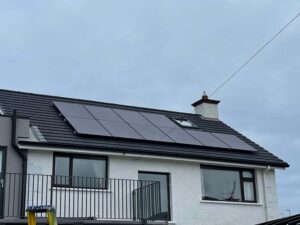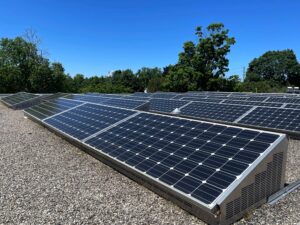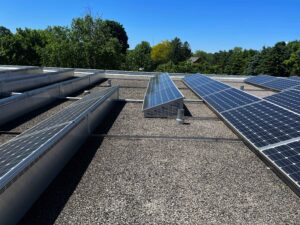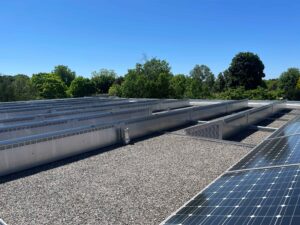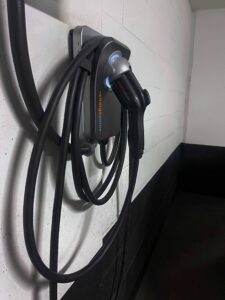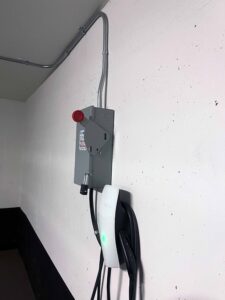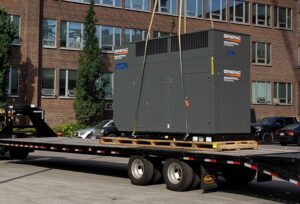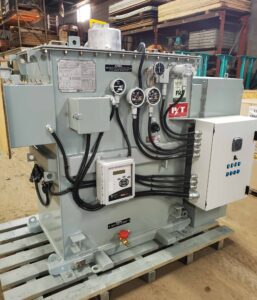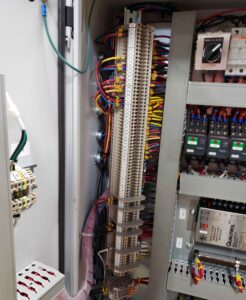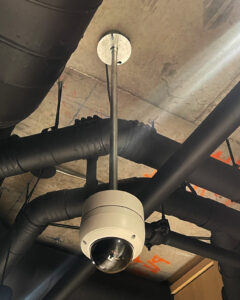Ev Charging Station Installation
The electric vehicle (EV) revolution is rapidly transforming the automotive industry, and with it comes the growing need for accessible and reliable charging infrastructure. As an EV owner, finding a convenient charging station can be a significant concern. However, with the increasing popularity of EVs and the development of advanced charging technologies, the landscape of EV charging is evolving.
INTOCHARGE is committed to empowering individuals and businesses to embrace the future of sustainable transportation. By offering professional EV charging station installation services, we aim to make the transition to electric vehicles seamless and convenient.
This comprehensive guide will delve into EV charging station installation, their types, benefits, and the advantages of installing them. Whether you’re a homeowner, business owner, or property manager, this information will help you make informed decisions about your EV charging needs.
What is an EV Charging Station?
An electric vehicle charging station, also known as an electric vehicle supply equipment (EVSE), is a device that delivers electric energy to an electric vehicle. It typically consists of a charging cable, a connector, and a control unit. EV charging stations come in various types, each offering different charging speeds and power levels.
Types of EV Chargers include:
Level 1 Charger
- Uses a standard 120-volt outlet.
- Slowest charging option, suitable for overnight charging.
- Ideal for homes with limited daily driving needs.
Level 2 Charger
- Uses a 240-volt outlet, providing faster charging speeds.
- Common for home and workplace installations.
- Offers significant convenience for daily charging.
DC Fast Charger
- Delivers high-power direct current (DC) to the vehicle’s battery.
- Enables rapid charging, typically within minutes.
- Ideal for public charging stations and long-distance travel.
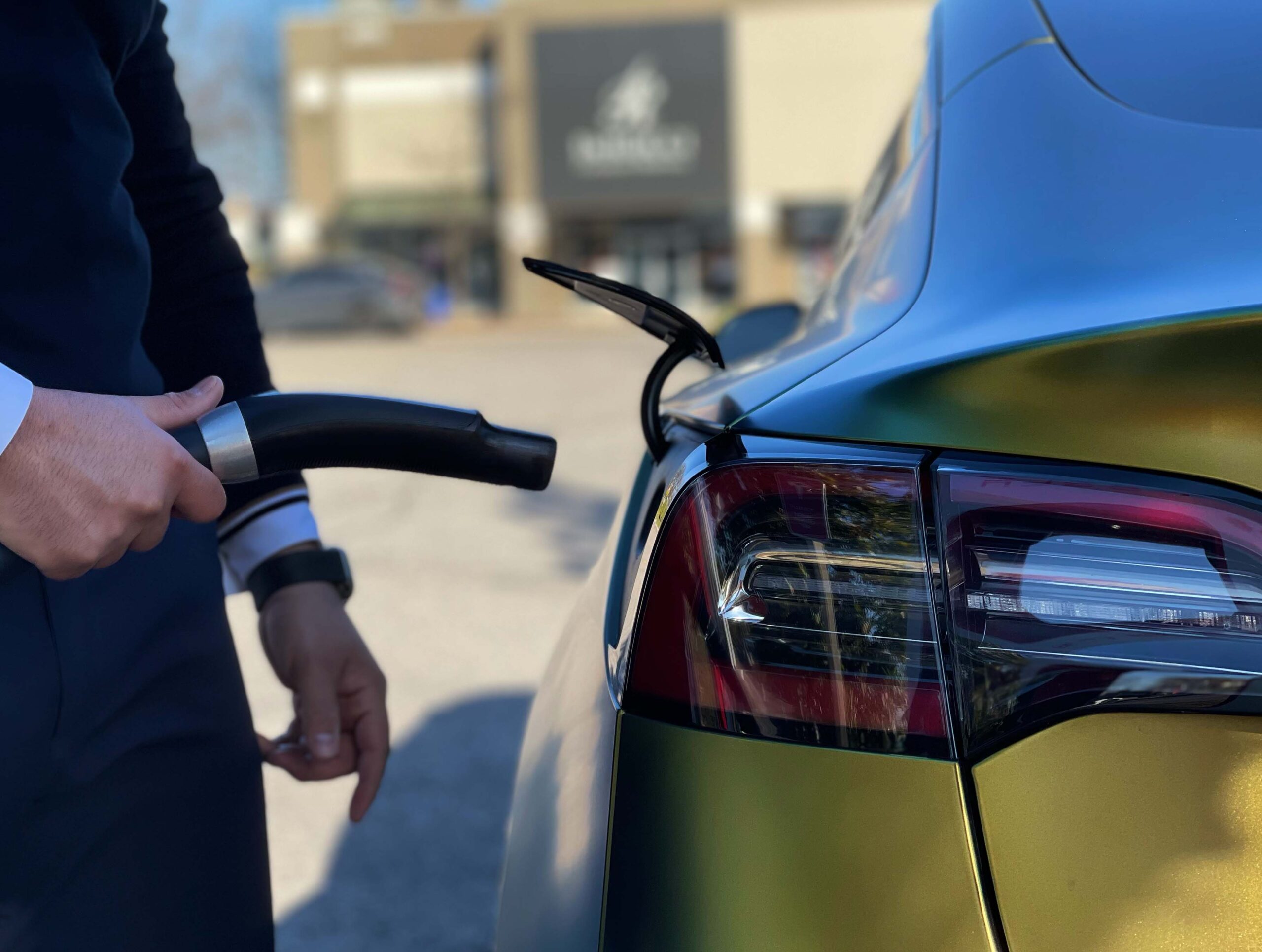
Benefits of Installing an EV Charging Station
Installing an EV charging station on your property offers many benefits including:
1. Convenience and Accessibility for EV Owners
- Enhanced convenience: Installing a charging station can help you avoid the worry of running out of battery power in your electric vehicle.
- Increased accessibility: You provide a valuable service to EV owners in your community, fostering a more EV-friendly environment.
2. Increased Property Value
- Attractive to EV owners: Environmentally conscious buyers and tenants buy properties with EV charging stations.
- Potential for rental income: You can generate additional income by offering charging services to the public.
3. Environmental Benefits
- Reduced carbon emissions: By encouraging EV adoption, you contribute to cleaner air and a healthier planet.
- Sustainable future: Investing in EV charger installation supports a sustainable energy future.
4. Government Incentives
- Financial incentives: Many provinces offer tax credits, rebates, and other incentives to promote EV adoption and charging infrastructure development.
- Simplified installation process: Government programs often streamline the permitting and installation process for EV charging stations.
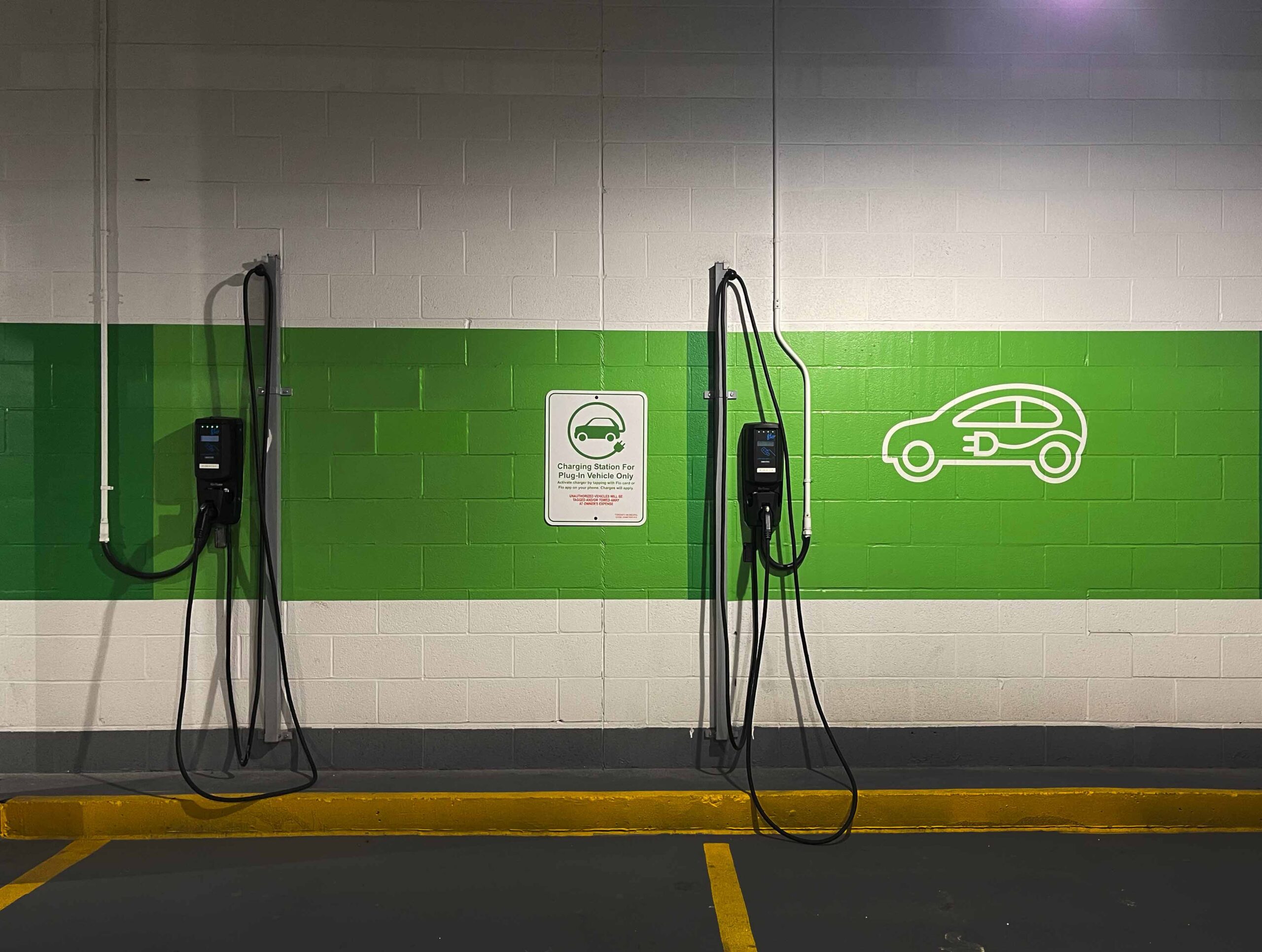
The EV Charging Station Installation Process
Installing an EV charging station involves several key steps, from initial planning to final activation. Here’s a detailed breakdown of the process:
1. Needs Assessment
Determine the number of charging stations required, the desired charging speed, and the specific needs of your property or business. Assess the capacity of your existing electrical system to handle the additional load of EV charging.
2. Site Selection
Select a convenient and accessible location for the charging station, considering proximity to power sources, parking spaces, and visibility. Ensure compliance with local zoning ordinances, building codes, and electrical safety standards.
3. Permitting and Inspections
Apply for the required permits from local authorities, including electrical and possibly zoning permits. Coordinate with local inspectors to ensure compliance with safety standards and code requirements.
4. Equipment Selection
Select an EV charger that meets your needs and consider factors like charging speed, connector type, and compatibility with different EV models. Choose necessary accessories, such as cable management systems, weatherproofing enclosures, or payment terminals.
5. Installation
Engage a licensed electrician experienced in EV charging station installation to ensure safe and compliant installation. You can always use INTOCHARGE services for a good price. The electrician will mount the charging station, connect it to the electrical panel, and install any necessary cables and conduits.
Ensure proper wiring and grounding to meet safety standards and prevent electrical hazards.
6. Testing and Commissioning
Thoroughly test the charging station to verify its functionality and safety. Complete the final setup, including software configuration and network connectivity, if applicable.
7. Activation and Usage
After EVSE installation, activate the charging station for use, either for private use or public access. Provide clear instructions on how to use the charging station, including any payment or access procedures.
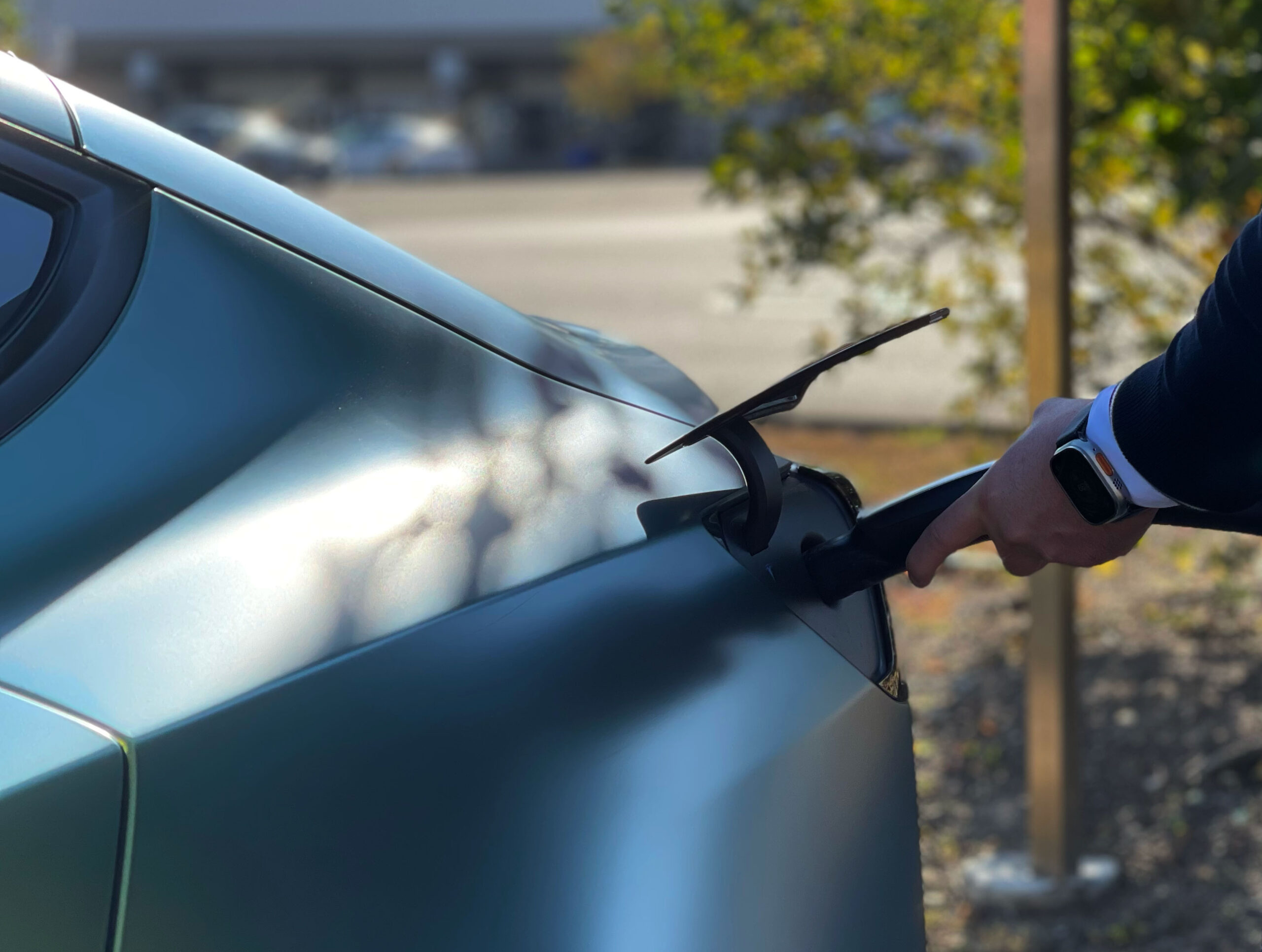
Factors to Consider Before Installation
1. Electrical Infrastructure: Assess the capacity of your electrical system to handle the additional load of EV charging.
2. Local Regulations: Familiarize yourself with local zoning ordinances, building codes, and electrical safety standards.
3. Future-Proofing: Consider the potential for future expansion and increased EV adoption.
4. Budget: Determine your budget for the installation, including equipment costs, labor costs, and potential permits and fees.
5. Maintenance and Support: Plan for ongoing maintenance and support to ensure the long-term reliability of your charging station.

Choosing the Right EV Charger
Selecting the appropriate electric vehicle infrastructure is crucial to meet your specific needs and provide a seamless charging experience. Here are some factors to consider:
- Charging Speed
- Level 1 Chargers: Suitable for overnight charging at home.
- Level 2 Chargers: Ideal for daily charging at home charging stations or workplaces.
- DC Fast Chargers: Offer rapid charging for public locations and long-distance travel.
- Connector Type
- SAE J1772: The standard connector for most EVs in North America.
- CCS Combo 1: A combined charging system for both AC and DC charging.
- CHAdeMO: A DC fast-charging connector used by some EV models.
- Power Output
- Single-Phase Chargers: Suitable for most residential installations.
- Three-Phase Chargers: Offer higher power output for public and commercial charging station.
- Network Compatibility
- Standalone Chargers: Operate independently without a network connection.
- Networked Chargers: Can be remotely monitored, managed, and integrated with payment systems.
Different types of chargers that you can choose include:
- Residential Chargers (EV Charging Station at Your Home)
- Compact and easy to install.
- Typically, Level 1 or Level 2 chargers.
- Suitable for home garages or driveways.
- Commercial Chargers (EV Charging Station at Businesses)
- Higher power output for faster charging.
- Networked for remote monitoring and management.
- Ideal for workplaces, retail locations, and hotels.
- Public Chargers
- Durable and weatherproof for outdoor installations.
- Often DC fast chargers for rapid charging.
- Located in public places like shopping malls, restaurants, and highway rest stops.
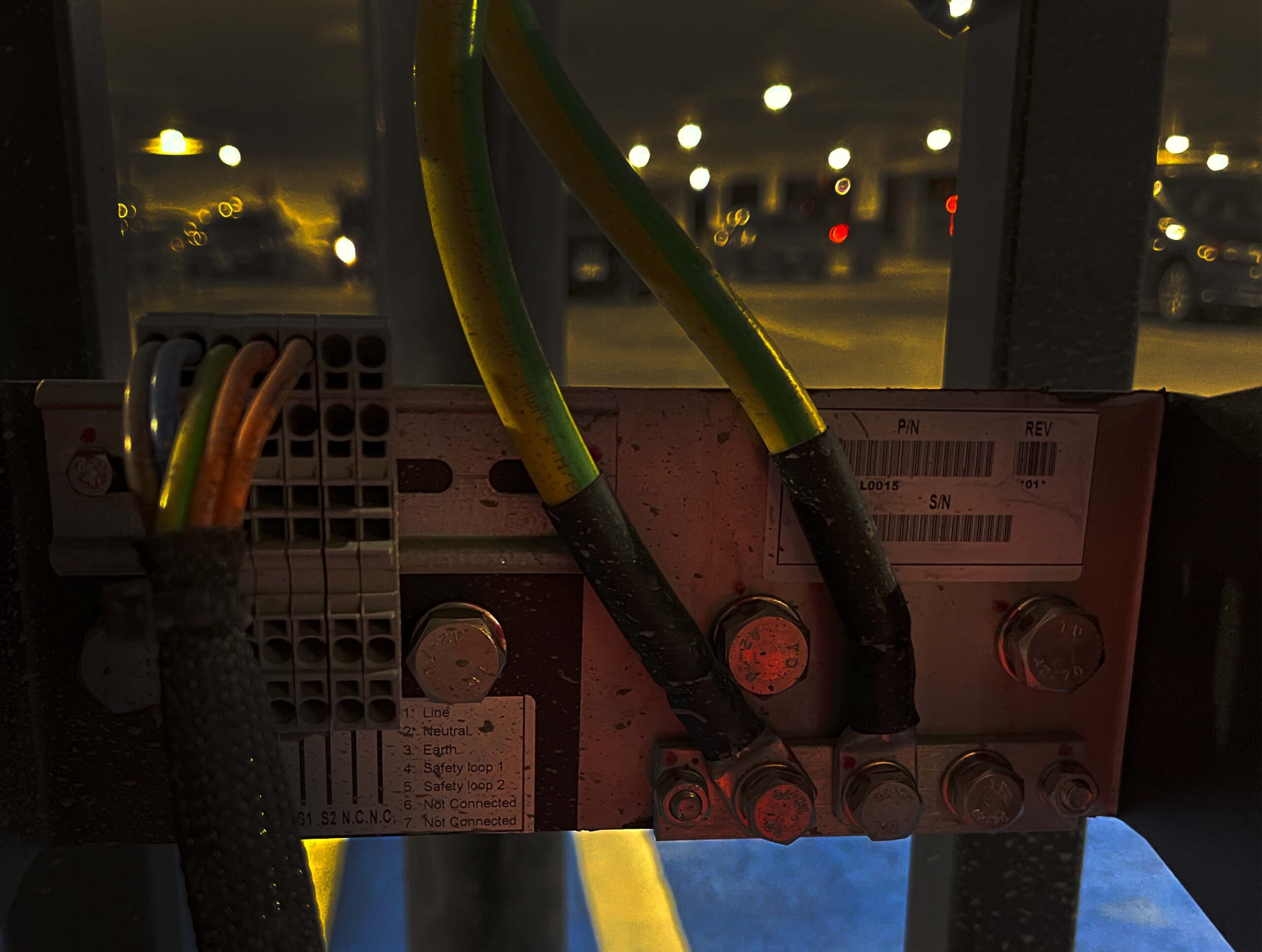
EV Charging Station Costs
The cost of an EV charging station installation can vary depending on several factors, including the type of charger, installation complexity, and additional features. Here’s a breakdown of the factors affecting the cost:
Factor | Effect on Cost |
Charger Type | Level 1 chargers are typically the most affordable. Level 2 chargers have a higher upfront cost but offer faster charging speeds. DC fast chargers are the most expensive but provide the fastest charging times. |
Installation Complexity | The complexity of the installation, including electrical wiring, conduit installation, and site preparation, can impact the cost. Existing electrical infrastructure and the distance to the power source can also affect the cost. |
Additional Features | Features like smart charging, network connectivity, and payment capabilities can increase the cost. |
Labor Costs | The cost of labor for installation and any necessary electrical work can vary depending on location and the electrician‘s expertise. |
Permits and Fees | Local permits and inspection fees can add to the overall cost. |
INTOCHARGE always tries to offer the best prices for its high–quality services. By choosing us, you will not only save your money but will enjoy high-quality installation services.
While the initial investment in an EV charging station may be significant, it can offer a strong return on investment over time. Here are some potential ROI factors:
- Increased Property Value: EV charging stations can increase the value of residential and commercial properties.
- Rental Income: Charging fees can generate additional revenue, especially for commercial properties.
- Employee Benefits: Offering EV charging can attract and retain employees, especially those who own electric vehicles.
- Reduced Operating Costs: For businesses, EV charging can reduce fuel and maintenance costs for electric fleet vehicles.
- Environmental Benefits: By promoting sustainable transportation, EV charging stations can enhance a company’s environmental image and reputation.
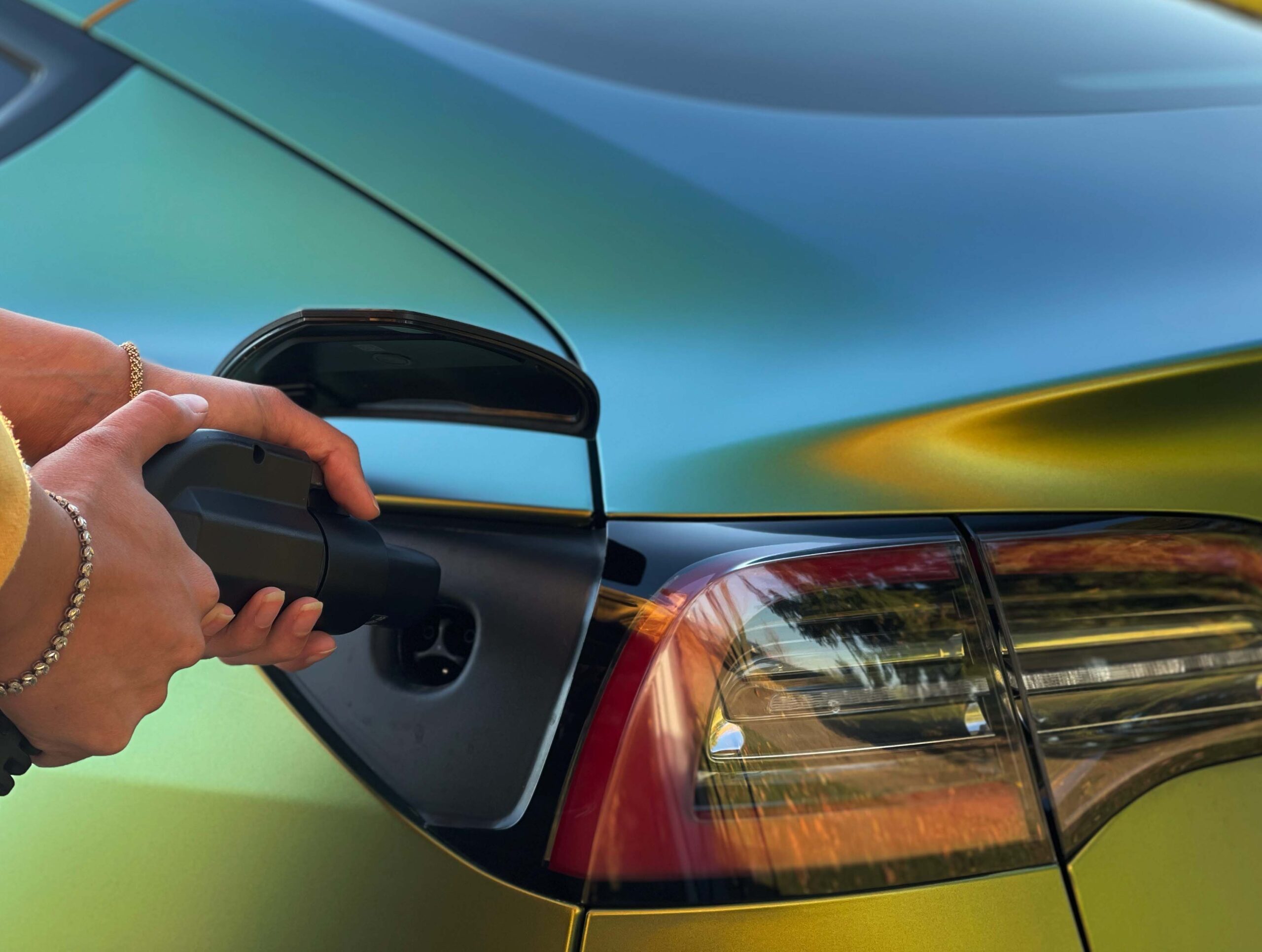
Maintenance and Care
Proper maintenance of your EV charging station is essential to ensure its longevity and optimal performance. Here are some tips for maintaining your charging station:
1. Regular Inspection
Visually inspect the charging station and its cable for any signs of damage, wear, or loose connections. Check for any physical damage to the charging station or its enclosure.
2. Cleaning
Clean the charging station and its cable regularly using a soft cloth and mild detergent. Avoid using harsh chemicals or abrasive materials that could damage the equipment.
3. Environmental Protection
Protect the charging station from extreme weather conditions, such as excessive heat, cold, or moisture. Consider installing a weatherproof enclosure to shield the equipment from the elements.
4. Software Updates
If your charging station has a digital display or network connectivity, keep the software updated to ensure optimal performance and security.
5. Professional Maintenance
Schedule regular professional maintenance checks to identify and address any potential issues. Certified technicians like INTOCHARGE can perform thorough inspections, cleanings, and necessary repairs.
6. Warranty Information
Most EV charging stations come with a manufacturer’s warranty that covers defects in materials and workmanship. Refer to the specific warranty terms and conditions provided by the manufacturer.
Consider purchasing an extended warranty to cover additional years of protection beyond the manufacturer’s warranty. Extended warranties often include coverage for wear and tear, accidental damage, and electrical surges.
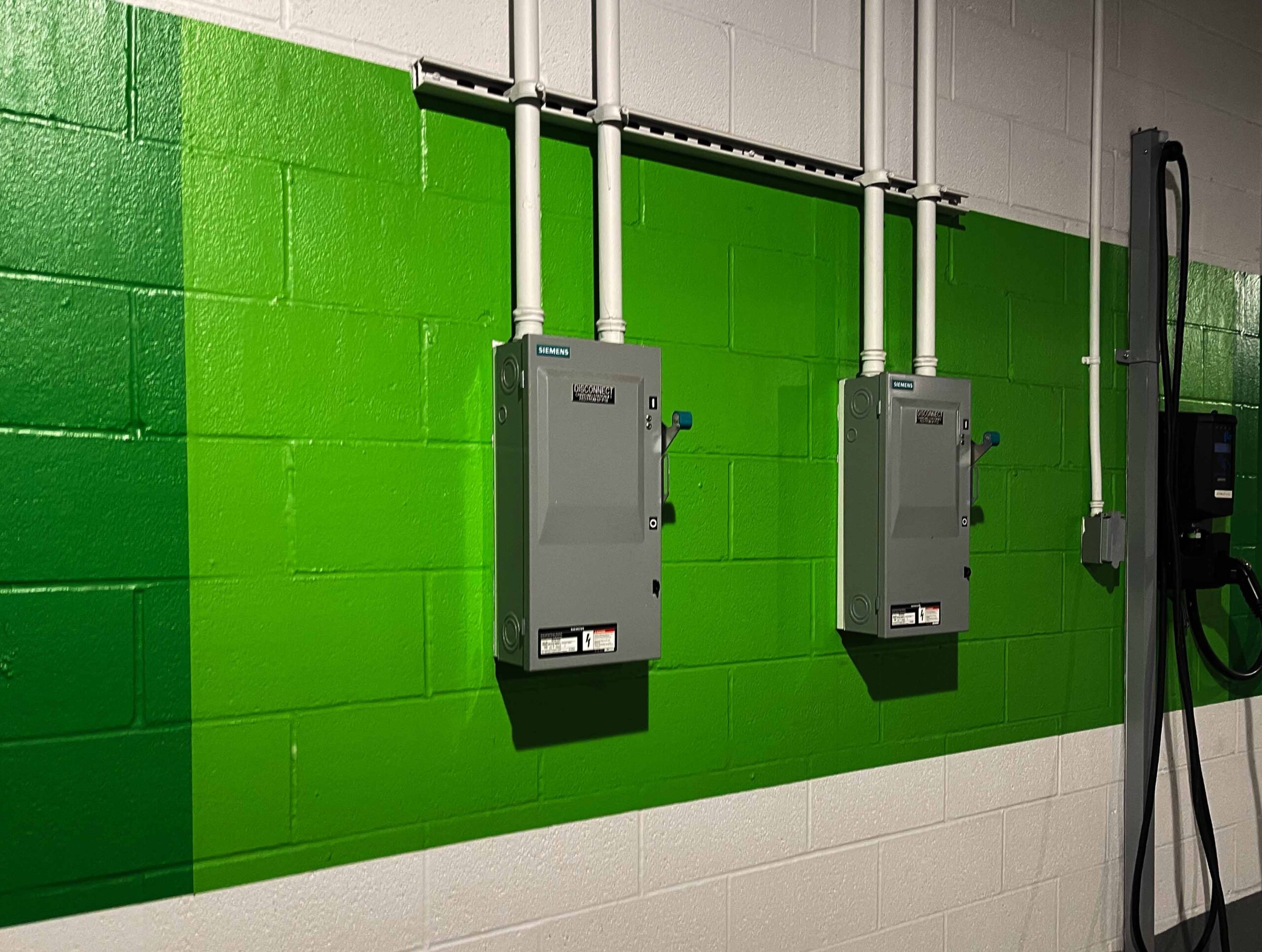
Frequently Asked Questions
Can I install an EV charging station myself?
While installing an EV charging station by yourself is technically possible, hiring a qualified electrician like INTOCHARGE is highly recommended. Professional installation ensures safety, compliance with local codes, and optimal performance.
How long does it take to charge an EV?
The charging time depends on the type of charger and the battery capacity of the EV. Level 1 chargers are the slowest, while DC fast chargers are the fastest.
Can I charge multiple EVs simultaneously with one charging station?
Yes, you can install multiple charging stations to charge multiple EVs simultaneously. However, the number of chargers you can install will depend on your electrical panel capacity and local regulations.
Will an EV charging station increase my electricity bill significantly?
The impact on your electricity bill will depend on factors like the frequency of charging, the type of charger, and your local electricity rates. However, many utilities offer time-of-use rates that can help you save money by charging your EV during off-peak hours.
What happens if my EV is fully charged and I forget to unplug it?
Most modern EVs have built-in features to automatically stop charging once the battery is fully charged. However, it’s always a good practice to unplug the charging cable when the charging process is complete.
GALLERY



